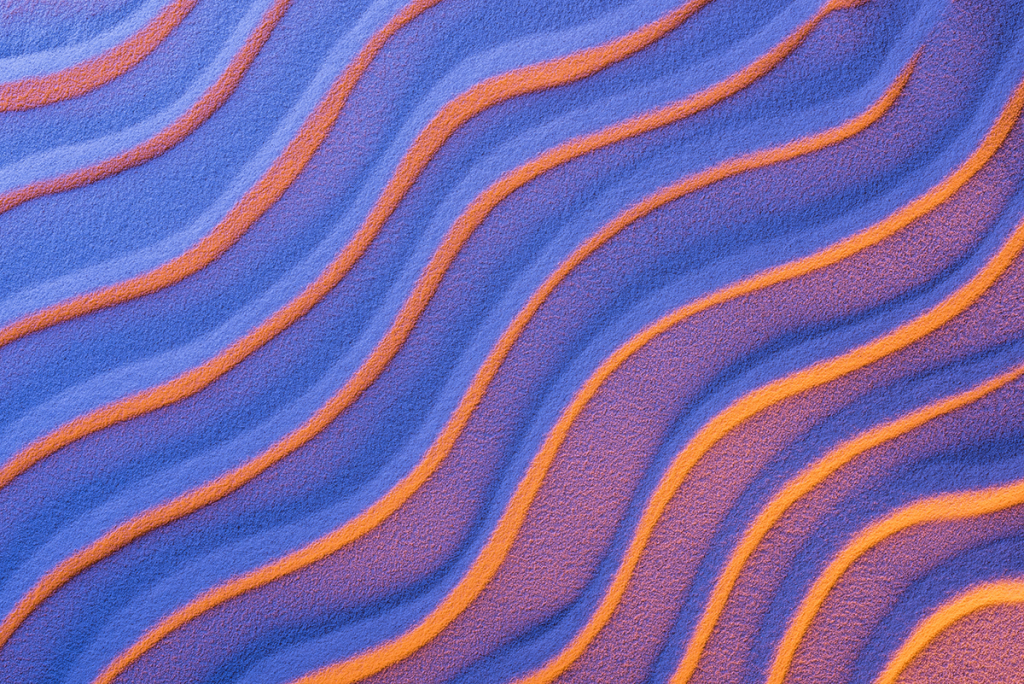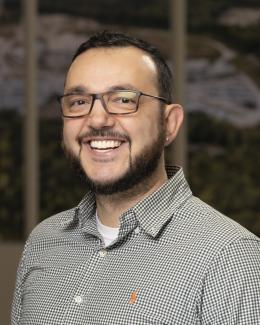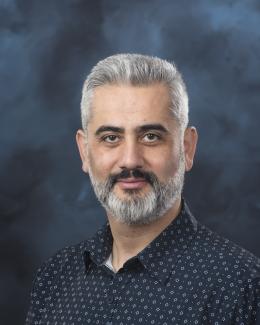Invention Reference Number

In additive manufacturing, also called 3D printing or AM, failure of the printed item due to warpage caused by residual stress build-up from deposited layers of material due to thermal expansion and contraction is a big problem. A new ORNL technology uses a different pattern of material deposition, adding sinusoidal waves in addition to the traditional X-Y axis of the bead head, that allows for uniform deposition of extra polymer to the printed part. The technology drastically reduces or eliminates one of the biggest problems in AM, reducing failures and allowing printing of high coefficient of thermal expansion (CTE) materials that are not printable otherwise.
Description
Most additive manufacturing technologies use thermoplastic material systems, which are easy to process and suitable for large-scale manufacturing. But cooling and solidifying of previously deposited layers causes residual stress to build. This build-up arises because of the contraction of deposited beads during cooling, stressing the previous layers, which have already mostly contracted. When using polymers, a new ORNL technology employs a different deposition pattern, adding a sinusoidal pattern in combination of vertical movement of the print head in a Z-direction along with the X-Y linear movement. This allows controlled deposition of extra material to compensate for the contraction. The contraction pulls this extra material down in a Z-direction during cooling instead of creating a stress in the printing direction in the X-Y plane. As it cools, the extra material keeps the layer straight and minimizes or eliminates residual stress buildup, preventing warping. This allows printing of high CTE materials that are not printable otherwise, reduces failure due to warpage, and prevents delamination of the printed part under load.
Benefits
- Solves one of the biggest problems in additive manufacturing
- Enables printing of high CTE polymeric material systems that are not printable otherwise, both small- and large-scale
- Eliminates residual stress buildup
- Prevents part performance problems due to delamination under load
- Can reduce high carbon footprint, eliminate high-energy fibers such as carbon and glass, and enable use of bio-based fibers.
Industries and Applications
- Additive manufacturing
- Mold-making industry for aerospace, marine, building, and automotive uses
Contact
To learn more about this technology, email partnerships@ornl.gov or call 865-574-1051.




